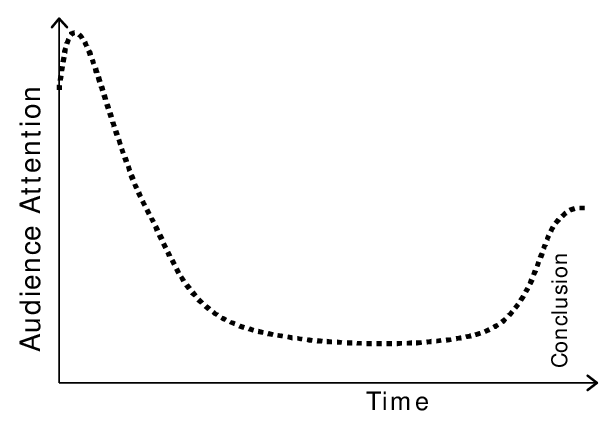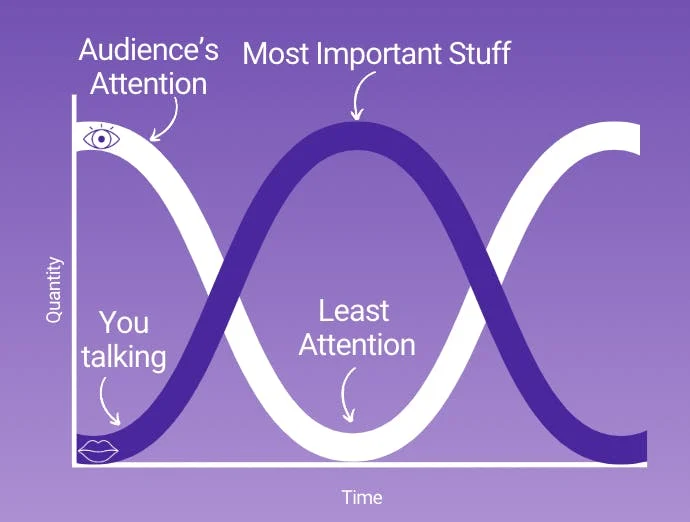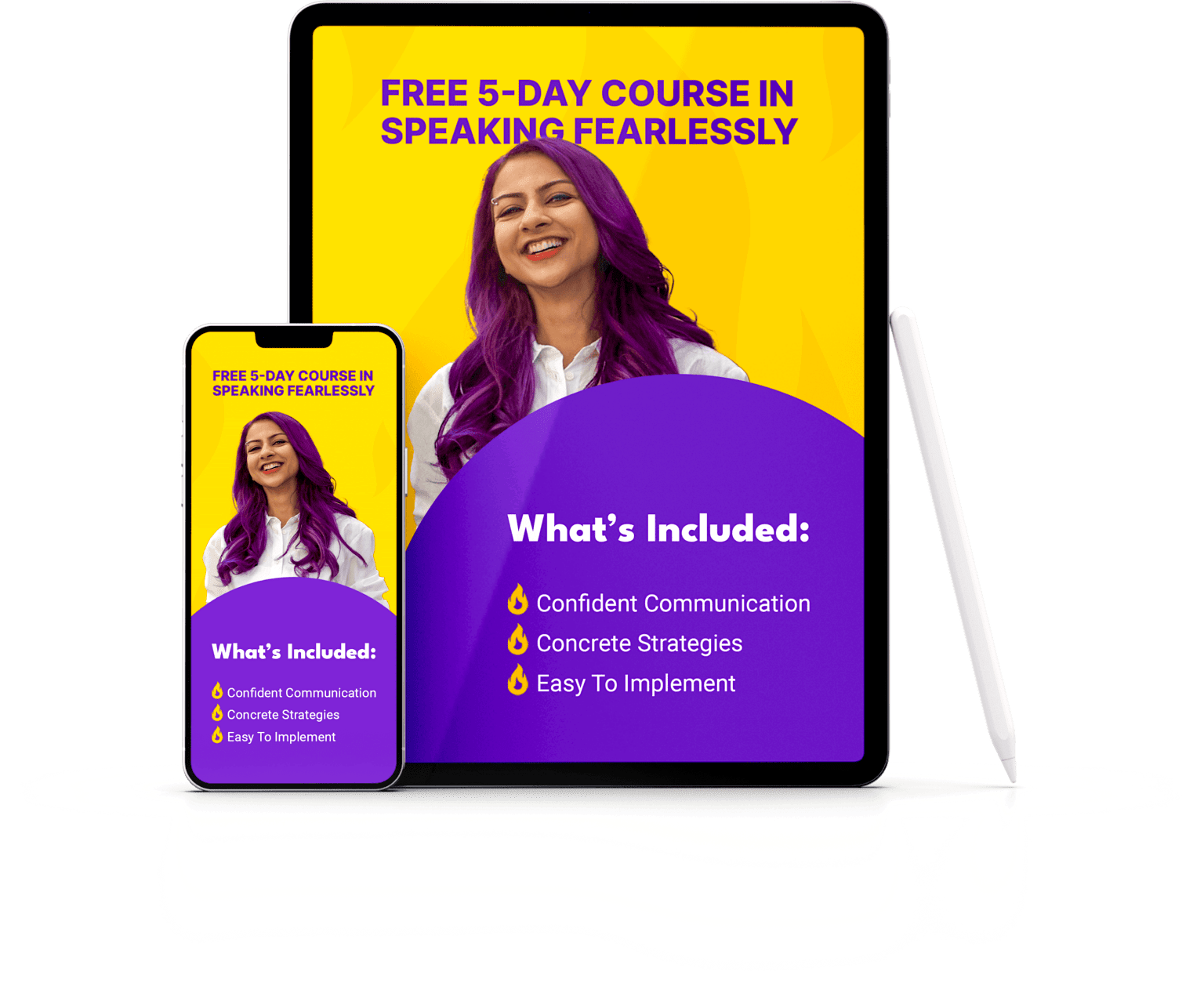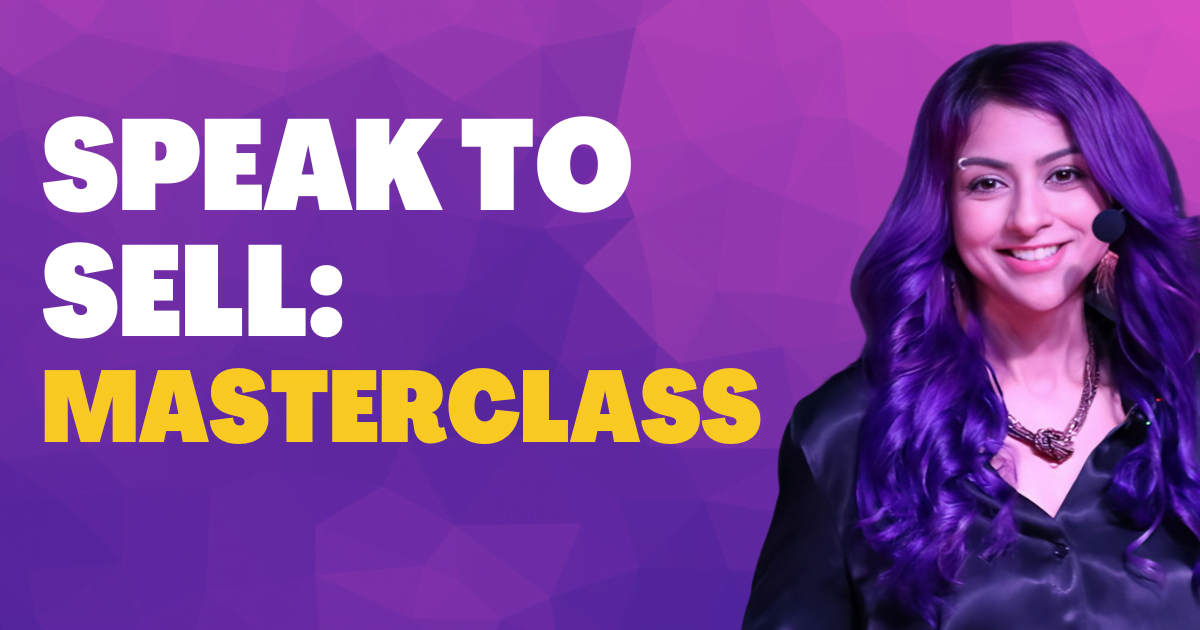I was coaching one of my CEO clients on Friday. We were reviewing a webinar that he and his team had delivered – when I noticed something was off.
And this one thing could be the reason why you’re losing the opportunity to convert your leads into clients when you speak on webinars, podcasts and even sales calls.
It all starts with how the human brain works when it’s receiving information.
In general, you’re much more interested in what the speaker has to say in the first few seconds.
So your attention span might look like this:

Credit: J.W. Niemantsverdriet at the Eindhoven University of Technology
As the audience, you’re paying disproportionately more attention at the beginning than at any other time.
But if you’re the speaker…what does the flow of your talk look like?
Very often, your intro is slow, your energy is awkward and you’re not sure what to say. By the time you get warmed up and start talking about the most important stuff, you’ve lost the audience’s attention.

If people aren’t paying attention, they will not be impressed or influenced. They will not establish a relationship with you or trust you or buy from you.
So the critical mistake you’re making that’s costing you clients is:
Not starting your presentations and talks with confidence, control and coherence.
Here are 3 ways you can seize control comfortably and set the right tone at the start of every webinar, podcast, presentation and call:
1. Know the intro inside out
Don’t aim to wing your intro. That’s when you’re most prone to nerves -so you ideally want to remove as many stress factors as possible.
Practice the first few lines over and over so you can hit the ground (smoothly) running.
2. Pre-game
Don’t use the first few seconds of your talk to warm up. Do warm up exercises like these beforehand so that you can go in pumped up and ready to go.
3. Don’t be afraid to jump in
Don’t be shy in the beginning. You don’t need to make small talk. If you can jump into the content, you have a higher chance of retaining the audience’s attention for longer.
Bonus: Aim to connect with the audience in the first few seconds. This can be in the form of a question or an observation. If you can take that time to create a connection with the audience, they will stay invested in what you have to say for longer.

